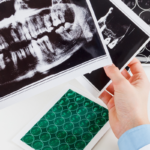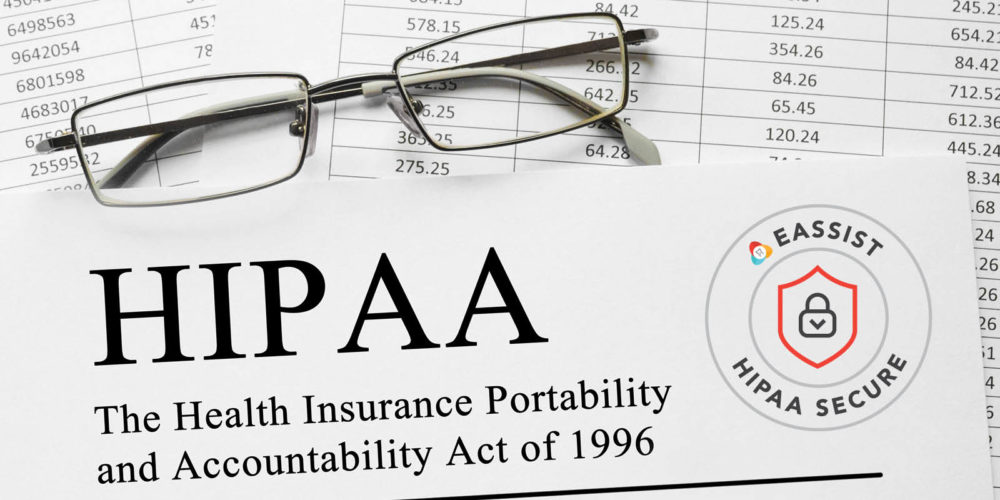Still Using Paper Charts?
From the California Dental Association
CDA reminds dentists that despite rumors, there is no “paperless mandate,” or a deadline to switch to dental EHRs coming in 2015. There is, however, an incentive program for Medicaid/Medicare providers to convert to electronic health records. Dentists who bill Medicare and who do not convert to EHRs will eventually see reduced payments for services.
Dentists also need to make sure the software they purchase is compliant with the Health Insurance Portability and Accountability Act (HIPAA) and state law. Data encryption provides a safe harbor from the notification provisions of state and federal data protection laws. If a dentist’s system is capable of encryption, he or she should do it. Dentists can double check with their practice management software vendors about the ability to encrypt data.
The Future of Electronic Health Records—from the American Dental Association
What Is An EHR?
Since the 1980s, many terms have been used to refer to the notion of a completely electronic patient record, or to information systems designed to create, manage, and store information associated with an electronic patient record. These have included terms like Computerized Patient Record, Computer Medical Record, Automated Patient Record, and perhaps a dozen more, all of which appear to mean more or less the same thing, and provoke much debate.
A Complete Longitudinal History
In the academic context, an Electronic Health Record is often defined as a complete longitudinal history of an individual’s health care across all settings and encounters as well as the data types and relationships that would enable it to be created, stored, and managed electronically. This notion of the Electronic Health Record carries with it no prescriptions regarding technologies or display formats such as the layout of a chart or screen. As for the terms “Electronic Medical Record” and “Electronic Dental Record,” they are bodies of patient data arranged to present information to the provider, other authorized users, and in some cases the patient, and may include non-EHR data such as reference values for clinical laboratory tests. Another way to think of the EMR or EDR concepts is that they present extracts of the data contained in the EHR with other relevant information.
EHR Systems
As a result of the Centers for Medicare & Medicaid Services (“CMS”) Medicare and Medicaid EHR Incentive Programs (the “EHR Meaningful Use Incentives Program”), the term “Electronic Health Record” is often used in a way to mean a particular information system or suite of systems that utilize various technologies, standards, and interfaces that work together to create, manage, store, and share information associated with an electronic health record. The terms “EHR System,” “EMR System,” and “EDR system” may be used in this manner as well. Ideally, an EHR or EDR System for the dental care setting would capture, store, present, import, and/or export relevant extracts of patients’ longitudinal electronic health records. Perhaps the most important feature of such systems is the ability to quickly share health information with authorized providers across more than one healthcare organization or even across multiple healthcare settings.
Potential Benefits
EHR systems offer the potential to improve care quality and patient safety by enhancing both the quantity and quality of information available to providers for decision making. An EHR system’s ability to capture detailed clinical information in a highly structured manner can enable analysis for quality assessment, identification of areas for improvement, and the design of decision support tools like allergy alerts, medication alerts, and other prompts.
Improved Efficiency
Prior to a patient visit, a dental practice’s staff could use an EHR to manage scheduling of treatment rooms, people, and resources. They could also perform practice management tasks such as patient registration and inquiring about insurance status. In addition, the EHR might be able to import and display relevant information obtained from another dentist, dental specialist, primary care physician or other health care provider, such as health history, health problems, and medication lists.
In the Operatory
During a patient’s visit, a dentist with an EHR can enter relevant clinical documentation, electronically prescribe medication, and capture relevant charges for billing purposes. Information needed for generating a dental claim would then flow to the practice billing system.
Post-Visit
After the patient leaves, staff could use an EHR to manage billing, coding for procedures, and claim submittal. The EHR could also facilitate post-visit communications with consulting providers, payers, labs, and pharmacies through the use of interoperability standards. In some cases, patients may be able to access and view their health information (such as lab results) through a secure patient portal set up as an adjunct to the dentist’s EHR.
It’s just a matter of time so why not start thinking of the future and start preparing for it?





0 Comments